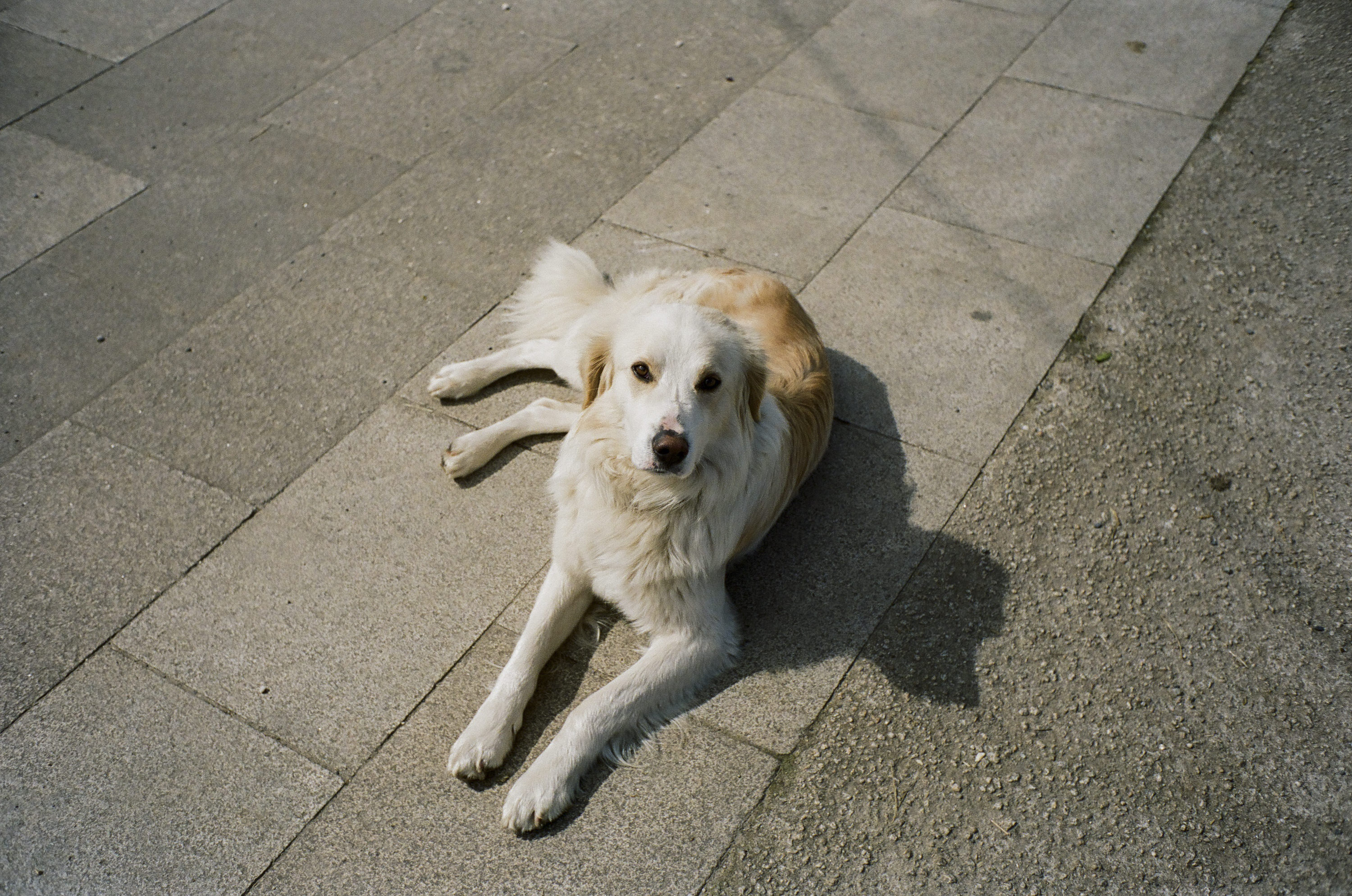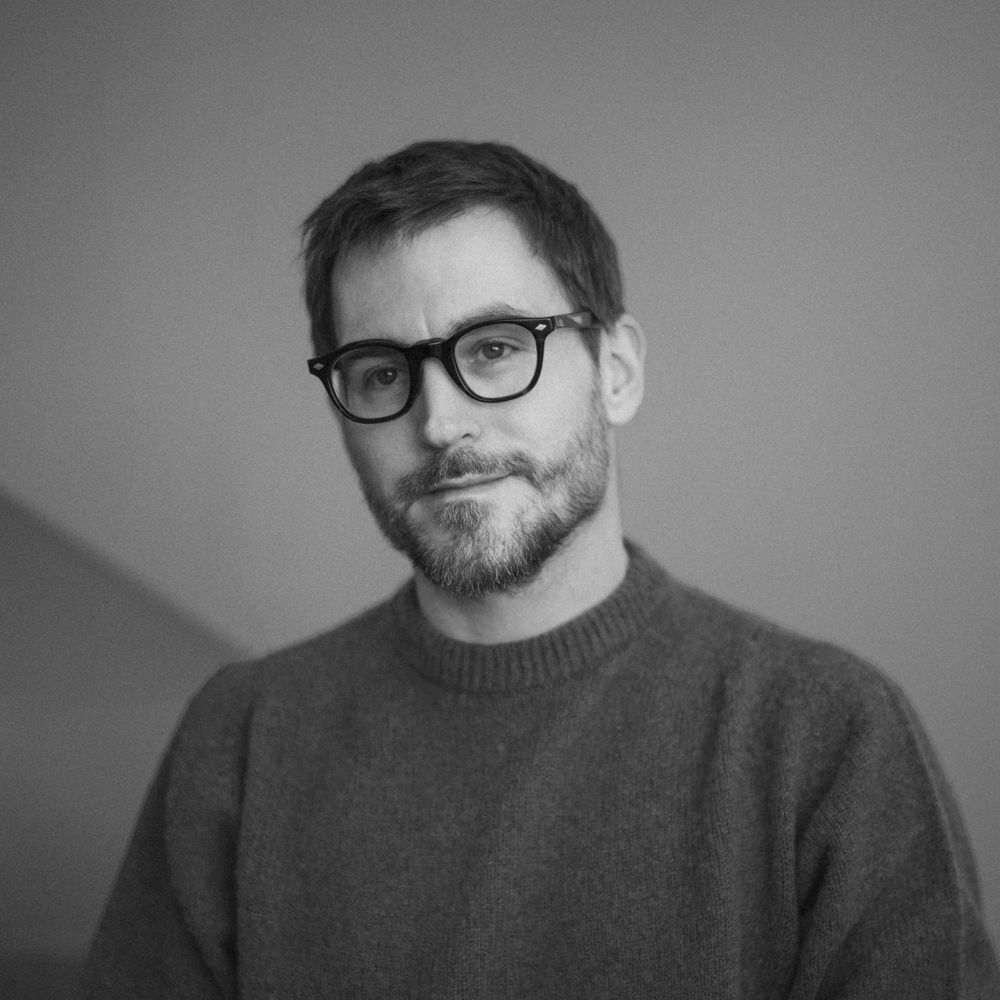
Talking While Walking the Camino Francés in Spain
Notes on a fabulous walk of the last 100km of the French Camino
Ridgeline Transmission 205
Ridgeline subscribers —
Heeeeeeellllloooooooo to the many many many many new subscribers who came from the Tim Pod(s). Welcome.
I’m Craig, and this is Ridgeline (my newsletter focused on walking (Roden, the other newsletter is more general)), which is supposed to be a weekly thing, but … wow, am I ever bowled under with to-dos in preparation for the launch of my book Things Become Other Things. We are a mere THREE WEEKS! out from pub-date (May 6). Thank you to everyone who has pre-ordered so far. (Truly, pre-orders mean everything with books like this.) Launch party at Rizzoli in NYC on May 5 — come say hi if you’re in town!
Amidst putting together my new photobook (the visual companion to TBOT), OTHER THING, prepping for this upcoming US book tour, and everything else in life, I also co-ran a Walk and Talk in Spain with Kevin Kelly in March (why not; what is “sleep” anyway?). Here are my notes from that.
We walked the last 110 kilometers or so of the French Camino de Santiago (called the “French” way because it “begins” in Saint-Jean-Pied-de-Port, and you walk over the Pyrenees into Spain, across to Santiago). It’s such a great route. We were lucky with weather — only one slightly rainy day, but otherwise the temperatures were perfect for walking (about ten-to-fifteen Celsius) and the walking paths were wide and mostly dirt, varied, always visually interesting. The bonus of going in March: we were off high-season, so it wasn’t too crowded (the last hundred kilometers is the most crowded since it’s what most folks do when they “walk the Camino” (sort of like how “walking the “Nakasendō” is usually just walking between Tsumago and Magome)) and the temps stayed cool.
As usual, we did our evening chats, so-called “Jeffersonian Dinners” — dinners where one topic is discussed at length over two or three hours, one conversation (i.e., no side chatter), all taken in good faith (i.e., you don’t take personally what’s being said, and always reach for the most generous of understandings), with an air of kindness, striving to sublimate narcissistic impulse into humor, egos left mostly on the road outside.
One night the topic was: “are people inherently good or bad” (topics that seems somewhat “insane” or “impossible to answer” often end up being the most fun) and I’m still thinking about that conversation weeks later. (I landed on: A one-percent kernel of truly, atrocious badness sits in our genome like a trap, and gets activated (and boy do we lean into that activation) given the right circumstances, but overall we’re mostly good (I mean, just look at the basic data (stop rolling your eyes): for all the uncertainty in the world, people are largely humane to one another (certainly in person; especially in person (scale and abstraction are one of the things we don’t handle / process well and are the root of many contemporary issues)); we aren’t chopping each other up in the streets on the whole (yet)).)
Another night, we broke down “decision-making” and here’s a wisdom nugget (wiz-nug) I gleaned: Don’t conflate good decisions and bad outcomes. They’re not explicitly intertwined. That is, you can make a great decision (based on data, information, desired outcome) and yet still “fail” and that’s OK. Don’t be overly manic about outcomes, focus on decision-making processes (it’s the only thing you can control in the end).
We had a great long chat about optimism. Big takeaway: Optimism is a tool. (A tool independent of the global situation, apolitical as a hammer). And I came away defining myself as: A realist who chooses to use the tool of optimism to drive decision-making.
The catalyst for this conversation was the question: Is being an optimist amidst existential idiocy (i.e., seemingly everything in the news today (both “today” and literally, given recent trends, today-today)) an amoral position? (No, no it’s not — especially if you use the tool framing, which I found to be illuminating and help me break out of thinking that living optimistically and experiencing outrage are incompatible.) A quote from that convo: “In times like these it’s important to remember there have always been times like these.” (Sort of, yes and no, of course.)
And on the flip side you can define pessimism as a soothing tool. A tool that lets you self-sooth with: “Things are going to hell but at least I’m right.” (Ouch.)
We discussed at length the things that “drive” us, what/who our “god” is — that is, the vague or not so vague sense of purpose in work, life, etcetera and co. A great word came up in this conversation: sonder — an acknowledgement of the story of everyone else around you, the richness of the inner lives being experienced, as you walk — for example — down the street in Manhattan; a gentle gaze, basking in the unfathomable grandness of it all. (Once again, a vote for: Mostly goodness.)
We walked past many a church built over many a century. Mid-walk Kevin made note of something for me: The walk and talk is my church. Yes, yes, I like that take. Thanks, Kevin. My “god” is the walk and what can be learned on the walk, the walk as a tool for bringing people together like we do, for catalyzing these conversations, for feeling the world expand ever-so-slightly more, and feeling so ever-so-slightly smaller within it all.
In summary:
Things that make us feel tiny? Spiritual.
Trying to understand the story of it all? Hubris. (The most hilarious and heartbreaking default human condition.)
If any of that sounds like too-much-cosmic-smoke up too-much-cosmic-butt, rest assured that any seriousness or pretension was tempered by a studied dumbness, goofiness, too-much-bread-ness, one-more-gelato-ness (OK two more, fine fine three more), some-more-papas-fritas-por-favor-ness, another round of agua-con-gas-ness. And most of the chatter was about life, love, family, friendship, loss, gain, distance travelled, and general duncery. Lots of laughs were had over a lot of great Camino Cake and macchiato-shaped “cortados.”
Overall, an excellent Walk and Talk, maybe one of the best. The Camino is just so Walk and Talk friendly — the paths are beautiful, the villages numerous and well-stocked, the lodging plentiful. We had great success in finding quiet places to dine this time around. (Six out of seven perfect dining + talking experiences.) (Last time, we walked from the border of Portugal to Santiago along the Portuguese way, and ran into considerable difficulty finding quiet tables; but nothing is as tough as finding a quiet table in a British pub!)
If you’re thinking about taking a long walk, you’d be hard-pressed to find a better route than the Camino Francés. I’ve walked about 250 kilometers of it (the first week and last week) and am hungry to walk it all. Kevin and I have flirted with running many of our future Walk and Talks on it (skipping around perhaps? (though ending in Santiago is pretty special)) simply because it works so well.
If you have the opportunity (the time, the means (though really it’s just time; you can do it on a shoestring budget)) to walk it all — consider doing so! And consider doing so … alone! That’s the biggest loss in a group like us: The full Camino is as social a walk as you want it to be, a constellation of overlapping lives, and on the whole is generous to the solo walker in many ways a group will never know.
But what a group, what a walk, and what a buncha talks in such a fabulous country. Spain, my first international love.
Now I’m back in full tour-prep mode. Recording a slurry of Moar Pods. I leave on the 30th of April to crisscross the weirdness that is 2025 America for six weeks. As I’ve said, I hope to see you out there. Many of the talks are getting full, so please do RSVP if you plan on attending. (And if a talk is full, come anyway, and we’ll try to standing-room squeeze you in).
Thanks for all the incredible messages and kind words.
More soon,
C

